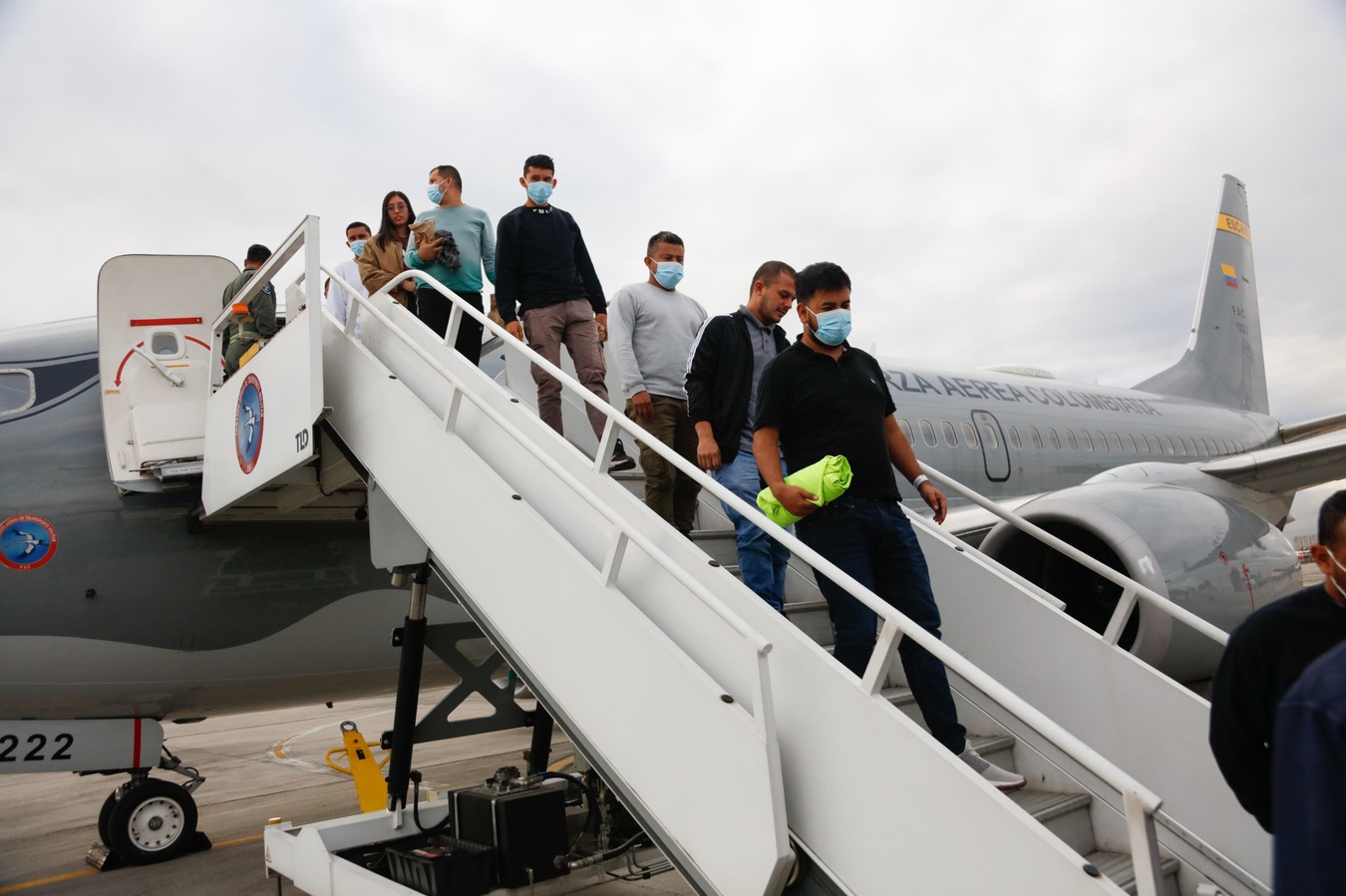Hispanic Migrants on the Margins of a Dream
Hispanic Migrants on the Margins of a Dream
By 2050, Hispanics will account for 30 percent of the U.S. population, making their integration a top policy priority.
By 2050, the U.S. Census estimates that the Hispanic population will grow to 132.8 million people, but addressing the implications of this population growth should not be a distant afterthought.
While most debates on migration center around undocumented workers, a less known fact is that 80 percent of a population of 46.9 million Hispanics are citizens or legal permanent residents. Moreover, almost one in four U.S. children younger than age 18 are Latino. Many Hispanics overcome disadvantageous conditions that result from the first generation’s generally lower levels of education, employment in less-skilled jobs, and in some cases, irregular migration status. But barriers to their integration remain: a result that can be partly attributed to limited support from federal, state and local government institutions, discrimination, rising anti-immigrant sentiment, and misrepresentation of the Hispanic community.
The need to address these issues as a public policy priority and “make [Hispanics’] successful outcomes less exceptional”1 was one of the main conclusions of a Connecticut College conference last weekend. More than 300 academics, activists, students, school teachers, and government officials from the United States, Canada, and Latin America looked at how to foster better interaction between migrants and their host community as well as how to support the development of their children.
One key theme was how an inaccurate portrayal of the Hispanic community affects the rate of integration and complicates the debate over immigration policies. As Professor Linda Bosniak of Rutgers Law School noted, in a context of anti-immigrant sentiment and concern with “securing the borders” there seems to be widespread acceptance that any discussion about comprehensive immigration reform has to start with enforcement, regardless of the evidence of its limited results and unintended consequences or its community-wide effect.
Likewise, terms such as “amnesty” and “sanctuary,” which were part of the historical construction of the United States as a “nation of immigrants” are now considered “non-starters” in conversations about immigration reform. Enrique Morones, head of the impressive nonprofit organization Border Angels, explained that given the negative reaction to the idea of an “amnesty,” immigrant rights coalitions have fought for years to insert the term “earned legalization” into the conversation. The need for this substitution of language partly reflects how strong the anti-immigrant discourse has become.
The media bears some of the responsibility for this mischaracterization of the Hispanic population. But labeling Latinos as a “threat” is not just a recent trend by personalities such as Lou Dobbs, Bill O’Reilly, Glenn Beck, or Rush Limbaugh; newspapers and magazines have done this for decades. Leo Chávez (University of California, Irvine) documents how these inaccurate labels have then affected political discussions, further complicating discussions about immigration reform and the need for immigrant integration programs. Campaigns launched in the last weeks to pressure CNN to cancel Lou Dobbs’ program may be a first glimpse of how immigrant coalitions can collaborate to pressure media for more balanced coverage.
Another result of an unclear understanding of the true challenges and opportunities of the growing Hispanic population is the lack of emphasis on the 1.5 and 2nd generations—the Hispanic children that were born or raised in the United States. Alejandro Portes of Princeton University notes there is “no margin for error” in addressing the needs and challenges of this population. Although many children have been successful in moving ahead, a significant number still face obstacles. Community groups, nonprofit organizations, schools, and even Mexican consulates have stepped in to support Latino children and youth but a more comprehensive approach is necessary.
There are already examples of successful integration initiatives at the state and local levels. But federal funding for English as a Second Language, civics, and adult education programs and support for local governments, community-based organizations, schools, and employers that provide these learning opportunities would make a rule out of the notable exceptions.
The Strengthen and Unite Communities with Civics Education and English Skills Act of 2009 introduced by Senator Kirsten Gillibrand (D-NY) is an important step in that direction. But without a change in tone in how some refer to undocumented migrants and the launch of far-reaching campaigns to counter misinformed perceptions about the Hispanic community, underlying barriers to integration will remain.
Alexandra Délano is a Post Doctoral Fellow in Politics at The New School for Social Research where she teaches courses on U.S. immigration policies and international migration. She is also the Senior Researcher for AS/COA’s Hispanic Integration Initiative.
1 Alejandro Portes, “No Margin for Error: Barriers to Success and Means to Overcome Them Among Children of Unauthorized Migrants”, presented at the conference “On the Margins of A Dream: Undocumented Hispanic Migration,” Connecticut College, October 16-18, 2009.








